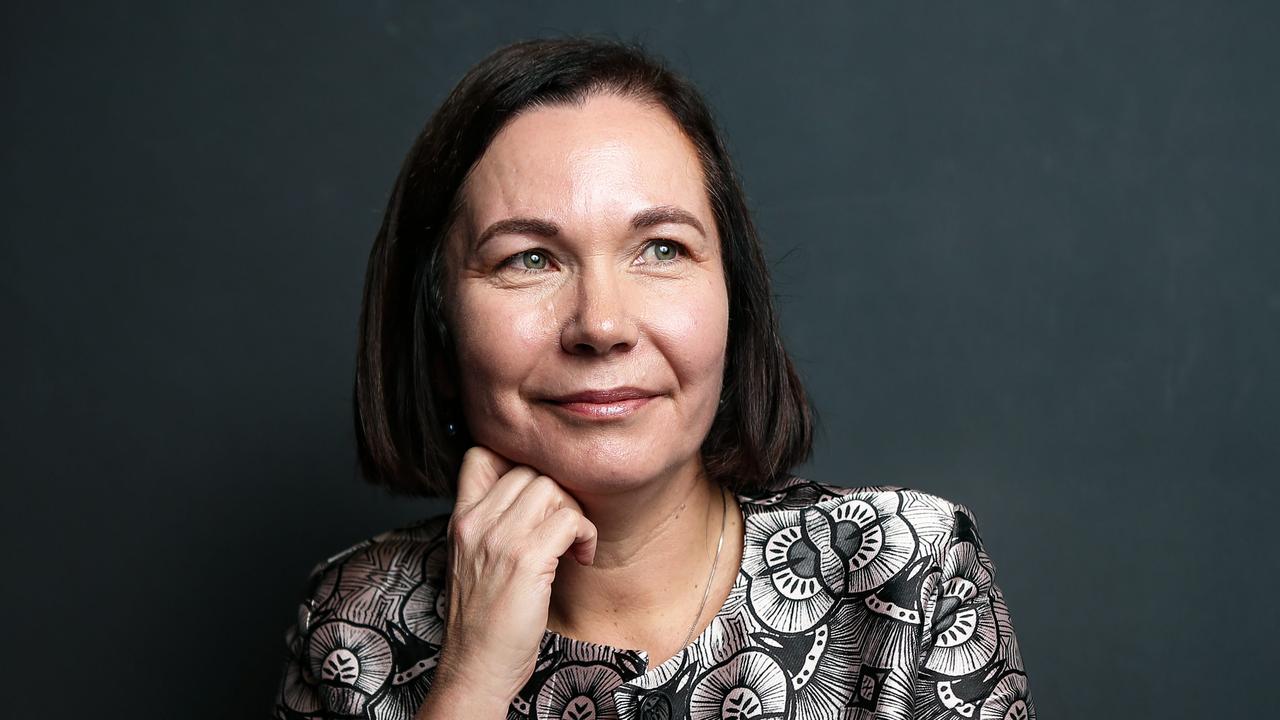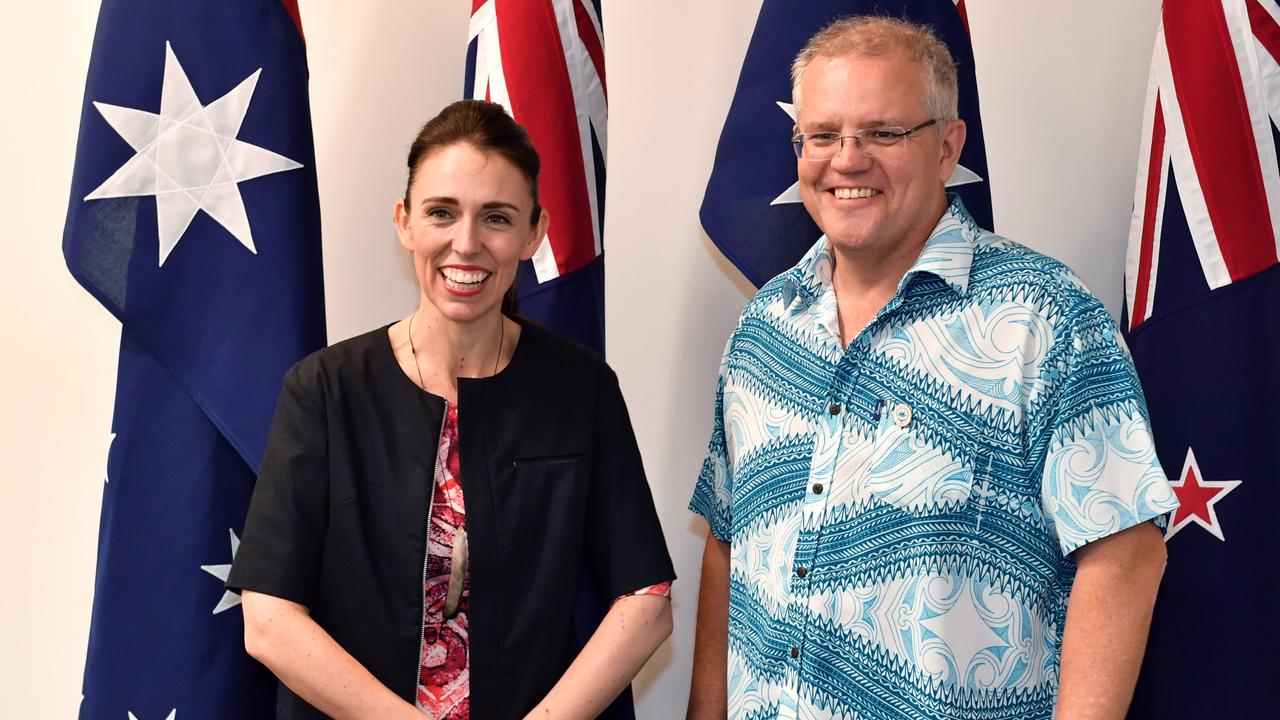
Woolworths, the fresh food people, yesterday appropriated the Anzac Centenary to launch a commemoration website which allowed people to insert an image of their choice for use in social media with the words “ANZAC 1915 — 2015 | Lest we Forget. Fresh in our memories” emblazoned over it. The company’s name and logo appeared at the bottom.
It was crass, tawdry and soon became a public relations disaster. After a storm of protest, Woolworths pulled the site down last night around ten o’clock. Apologies have been issued this morning.
Meanwhile the commodification of the Anzac Centenary continues apace, largely through what is known as Camp Gallipoli. Camp Gallipoli is a not-for-profit organisation which is holding camps under the stars in all capital cities on the eve of the Anzac centenary in what it describes as “Mates coming together on one special night to commemorate the deeds of those brave Anzac’s (sic) one hundred years ago, eating great tucker, watching historic footage on huge screens, seeing iconic entertainers live on stage and camping in authentic swags will in itself create history.”
At face value it seems worthwhile, perhaps even appropriate although the cost of entry is pretty steep at $121 per adult and $99 per child including a BBQ dinner and breakfast.
You can also buy the “authentic” swags at $275 a pop.
The aim of Camp Gallipoli is to raise $500,000 for RSL charities, including Legacy. This is a worthy effort but with an expected 140,000 attending the camps on April 24 and with Camp Gallipoli’s various corporate partnerships weighing in, you have to wonder where the rest of the money is going.
Importantly, Camp Gallipoli does not use the word ‘celebrate’ but some of Camp Gallipoli’s corporate partners are not so restrained.
Another retail giant, Target, is marketing a range of home wares and clothing featuring the themes ‘Spirit of ANZAC’ or ‘ANZAC spirit’.
Back in February, Target’s Managing Director, Stuart Machin announced its partnership with Camp Gallipoli.
“Target has been embedded in the Australian retail landscape for nearly 90 years, and so it made sense for us to partner with Camp Gallipoli. The ANZAC Centenary promises to be the defining event on the Australian calendar in 2015, and we are looking forward to playing our part in celebrating the courage and mateship of the first ANZACS, and all who have served over the past 100 years,” Mr Machin said.
There’s that word again — ‘Celebrating’.
With the Anzac centenary upon us, the words commemoration and celebration have, in instances too numerous to mention, become synonymous.
Bill O’Reilly put pen to paper to recall his first meeting on the cricket field against Don Bradman in a country cricket match in 1925. O’Reilly, then a 19-year old, represented Wingello and Bradman, a callow 17-year-old, played for Bowral.
The story goes Bradman made 234 at the Bowral ground that now bears his name. In O’Reilly’s telling, he had Bradman dropped twice, both times at slip by the Wingello captain, Selby Jeffrey. But after having committed the almost unforgivable sin of dropping Bradman not once but twice, not a cross word was uttered in the skipper’s direction because, as O’Reilly explained, Jeffrey “had worn the Australian uniform which proudly displayed the big brass ‘A’ denoting the fact that he was present on the Sunday morning of 25 April 1915, when the Australian and New Zealand forces went into action at Gallipoli.”
“Selby,” O’Reilly wrote, “was an Anzac, and as such held the unbounded respect of every man on the field.”
You see, people understood it then. They knew it almost immediately or at least they did when the first uncensored dispatches found their way home. They understood the nature of the tragedy, of the sacrifices made and the courage displayed from all those involved in the Gallipoli campaign where half a million men lost their lives, 8141 of them Australian.
Some people speculate that now, a hundred years later and with no eyewitnesses alive who can tell the story, the meaning of Anzac Day has been lost. Yet, when I go to the dawn service in my own country town, I see it still.
For the most part, the Australian people continue to regard Anzac Day as a solemn remembrance of sacrifice and loss but it is not easy maintaining that spirit when the word Anzac has become a commodity.
The Anzac centenary is not a celebration because there is nothing to celebrate.
Australia’s population in 1914 was four million. 416,809 Australians enlisted for service in the First World War, representing 38.7 per cent of the total male population aged between 18 and 44.
58,961 died in action. 166,811 were wounded. 4,098 were missing in action or taken as prisoners of war. 87,865 suffered serious illness, especially outbreaks of Spanish influenza. Overall Australia’s casualty rate stands at just under 65 per cent. Other countries suffered more but not many.
The war sent a wrecking ball through Australian society that crashed away for years afterwards. The economy shrank 12 per cent in the financial year 1914-15, worse than the bleakest year of the Great Depression. Trade between nations came to a grinding halt. Unemployment in Australia hit 11 per cent. It would have been much higher had many young men not enlisted. For those still in work, inflation soared cutting hard into pay packets and forcing many families into poverty.
Physiologically Australia became diminished, too. The average height of the Australian male decreased by five and a half centimetres as a result of the large number of those killed in action. The initial enlistment standards in 1914 required soldiers to be between 18 and 35 years of age, at least 168cms tall with chest measurements of 86cms or more. Many of the nation’s best physical specimens died at Anzac Cove or later on the Western Front.
After the war, the nation was stuck in economic and social misery. There were constant reminders of the horrors of the campaigns at Gallipoli and the Western Front. Ex-servicemen, their bodies shattered beyond recognition or their faces horribly scarred, hung around public buildings, department store fronts and railway stations, helplessly rattling tins for a few coins.
Many ex-servicemen were demobbed and sent home with their rifles or side arms with them. Deeply traumatised by their experiences, they became brooding presences in Australian homes.
The Commonwealth coffers were empty and the nation strained for the best part of two decades under severe debt, most of it incurred during the war and owed, ironically if unsurprisingly, to British banks. When the Great Depression hit our shores, we were simply unprepared for it financially and it hit Australia harder than most of the rest of the world.
In 1915 World War I was known as the Great War and sometimes ambitiously as ‘The war to end all wars’ yet two decades after it concluded, the world was plunged into an even bloodier conflict, largely as a result of the terms of peace established in World War One’s wake which gave rise to another darker form of German exceptionalism.
I doubt any of these circumstances constitute a good reason to rush out and buy a throw rug or a couple of cushions for the couch.
The word ‘Anzac’ belongs solely to the Returned Services League and it cannot be used for commercial benefit without the RSL’s imprimatur. The RSL is the custodian and gatekeeper of the most powerful symbol in Australian culture and it needs to be more judicious about the terms of its use.
Similarly, companies should think twice before appropriating the famous acronym in shameless exploitations to turn a dollar or at very least, gain prestige by association in what can only be described as a commercial celebration of what was then and remains today a national tragedy.




To join the conversation, please log in. Don't have an account? Register
Join the conversation, you are commenting as Logout